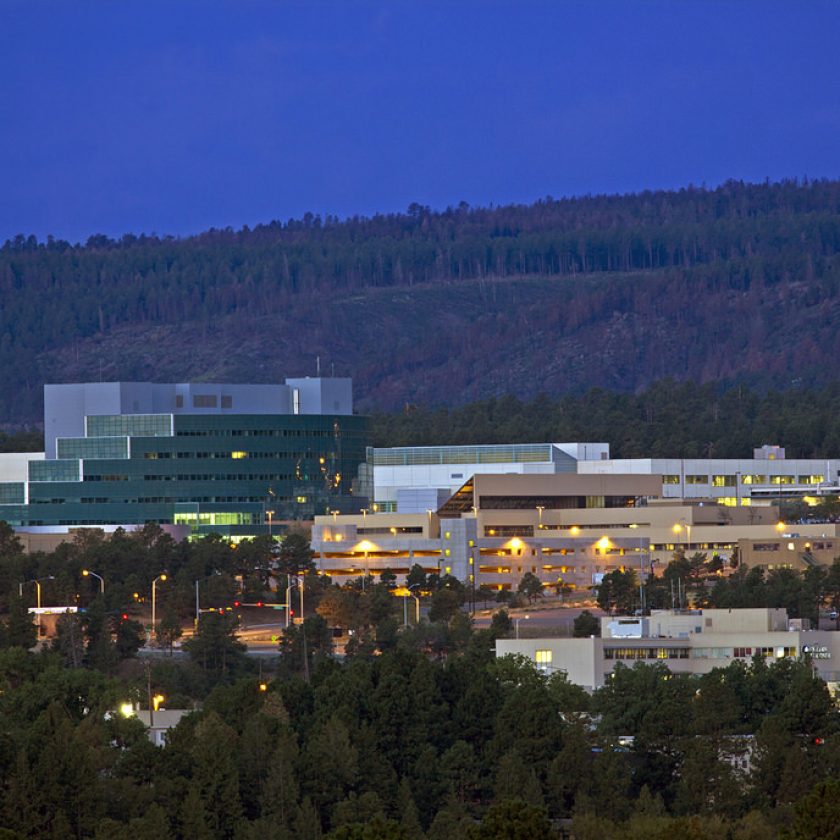Abstract
Conducting (conjugated) polymers have enormous commercial implications due to their interesting optical and electronic properties. Within the past two decades, a wide range of conjugated polymers with novel properties and processibility have been realized. Many of these newly synthesized conjugated polymers find uses in the development of thin film devices such as LED, and photovoltaic cells. In addition to these applications, conjugated polymers show promises in areas such as biosensors and chemical separations. The first part of my talk will focus on the processing of conjugated polymers into porous engineering articles. We then use these engineering articles to fabricate plastic actuators with fast response time (~20 ms). Additionally, I will present results of electrodeless deposition (growing nano- and microscaled metals) using conducting polymers. In the second part of my talk, I will talk about the facile synthesis of water-soluble, conjugated polymer with tunable optical properties. The as-synthesized conjugated polymer has a fluorescence quantum efficiency of 14% in water, one of the highest among the water-soluble PPV analogues. These polymers demonstrate a unique combination of solubility in water, high quantum efficiency, and fluorescent properties that are acidity dependent (particularly sensitive at the pH ranges from 6.2 to 7.0) can potentially enable further development of optical devices for detecting chemical and biological analytes with high sensitivity.
Biography
Hsing-Lin Wang is a Technical Staff Member in the Bioscience Division at Los Alamos National Laboratory. He received a Ph.D. degree in Organic Chemistry (1992) from University of South Florida. His professional experience includes a Postdoctoral Fellowship (1993-1995) in the Department of Chemistry at the University of Pennsylvania where he studied the synthesis and processing of conducting polymers and the fabrication of polymeric LED devices. He then became a postdoctoral fellow in the Chemical Science and Technology Division at Los Alamos National Laboratory, and subsequently became a technical staff member at Los Alamos, first in the Chemical Science and Technology, and then the Bioscience Division, more recently move to Chemistry Division.
His current and recent research interests include synthesis of nanostructured metals and conducting polymers (JACS 2004, 126, 2778, Polymer 2005 in press), electrochemical synthesis of chiral conducting polymers for chemical separation (Advanced Functional Materials 2005, 15, 1793), synthesis and characterization of amphiphilic fullerene sand their Langmuir-Blodgett thin films (Langmuir, 2005, 21, 1416-1423, Chem. Comm. 2005 in press), studies the effects of noncovalent interactions on the structures and final properties of nanoassemblies (Langmuir 2005 in press) studies of polyelectrolyte self-assemblies and their optical and electronic properties (Chem. Comm. 2004, 21, 2490, Chem. Phys. Lett. 2004, 383, 276), development of highly efficient solid-state conducting polymer actuators (Advanced Functional Materials 2003 13, 703, Polymer 2004, 45, 4769, IEEE Robio 2005 in press), synthesis and characterization of electrochromic polyamides with well defined molecular structure and redox properties (Advanced Functional Materials. 2004, 14, 537), development of highly sensitive polymer based biosensors (U.S. Patent 6,589,731, 2003, US Patent 2005 filed).
His recent research programs largely focus on the understanding of the cytotoxicity of derivatized nanostructured materials. Of particular interests are nanoparticles such as buckyfullerene (C60) and its derivatives. Recent professional activities include serves as session chair in SPIE conference (2005 smart materials and structures) invited speaker in Nanotech 2005, SPIE 2005, also invited speaker at New College Florida, and University of Utah.
As of today, He has more than 80 peer-reviewed publications and 9 patents issued and 8 patents pending. Dr. Wang is a recipient of two Los Alamos Achievement awards, R&D 100 award (year 2000) and NASA Cross Enterprise Technology Development Program Award (year 1999).


